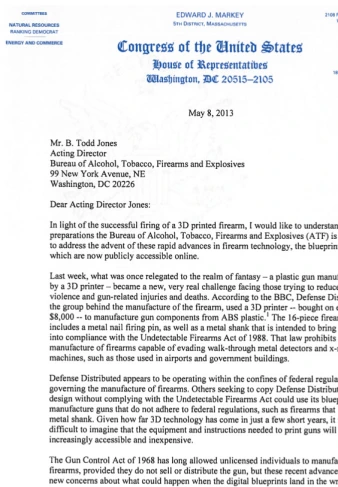Greetings. I hope this post finds you well. It is September and school is back in session. I took a couple months off this summer from blogging and following the tech news. It can be so easy to get so wrapped up in the chase—keeping on top of breaking news, commenting, figuring out something good to say, writing it up, seeing if people respond. But I’m not ever sure if it is helping me become a better thinker or just a better chaser. So, I thought some disconnection was in order.
At the end of July, Matt Gemmell (Working in the Shed) put well when he noted:
The internet isn’t to blame – it’s us. We’re weak, and our natural tendency is to feed that weakness rather than struggle against it. Some people are more prolific than others, but the boundaries don’t lie where we think they do: context and self-discipline are much, much more important than your personal pace or ability. The difference that a creativity-conducive environment can make is profound.
I personally don’t seem to be able to choose to ignore Twitter, or email, or BBC News when they’re available. I can manage for short periods, but sooner or later I’ll give in. What I can do, though, is remove the temptation. Counting the chocolate bars in the cupboard doesn’t work half as well as just not buying any. I know it, and so do you.
There is a great old school term for this in the Catholic tradition: “near occasion of sin”. Something is a near occasion of sin when it draws you into doing something that is going to be bad. The near occasion might be good or bad in itself. (Chocolate is one thing, but meth is quite another.) But it is really more about the particular combination of me/you and that thing leading to doing things that separate you from a balanced and connected life. Chocolate isn’t one of mine, but Cheetos are.
Somehow, it seems like the net is a massive collection of near occasions.
Ideally, time off can help create the space and energy we need to create better habits. But, at the same time, we can only really create good habits once we are back in contact with that thing. We only feed the strength when I struggle with the things that make us weak. In the long run, I have to figure out how blog without the chase.
I think the two months off helped, but we’ll see.


 As a six year old, one of my favorite things about visiting my grandparents in their small, southern Illinois town was the thrill of splitting the pile of change from my grandfather’s piggy bank with my brother. It wasn’t a piggy, actually, but a portly, tonsured monk, complete with fake fur for hair. The classic Friar Tuck, really. I’m not sure if it was supposed to be an image of frugality or a critical commentary on medieval monks. But either way, we were glad that my grandfather was frugal so that we could feel a 6 year old’s version of gluttonousness.
As a six year old, one of my favorite things about visiting my grandparents in their small, southern Illinois town was the thrill of splitting the pile of change from my grandfather’s piggy bank with my brother. It wasn’t a piggy, actually, but a portly, tonsured monk, complete with fake fur for hair. The classic Friar Tuck, really. I’m not sure if it was supposed to be an image of frugality or a critical commentary on medieval monks. But either way, we were glad that my grandfather was frugal so that we could feel a 6 year old’s version of gluttonousness.
You must be logged in to post a comment.